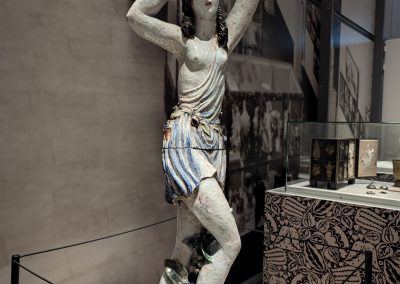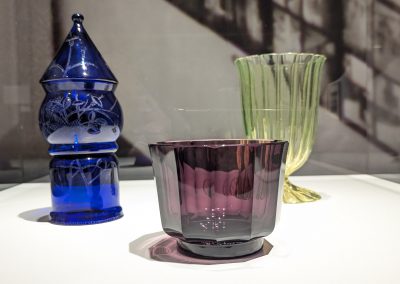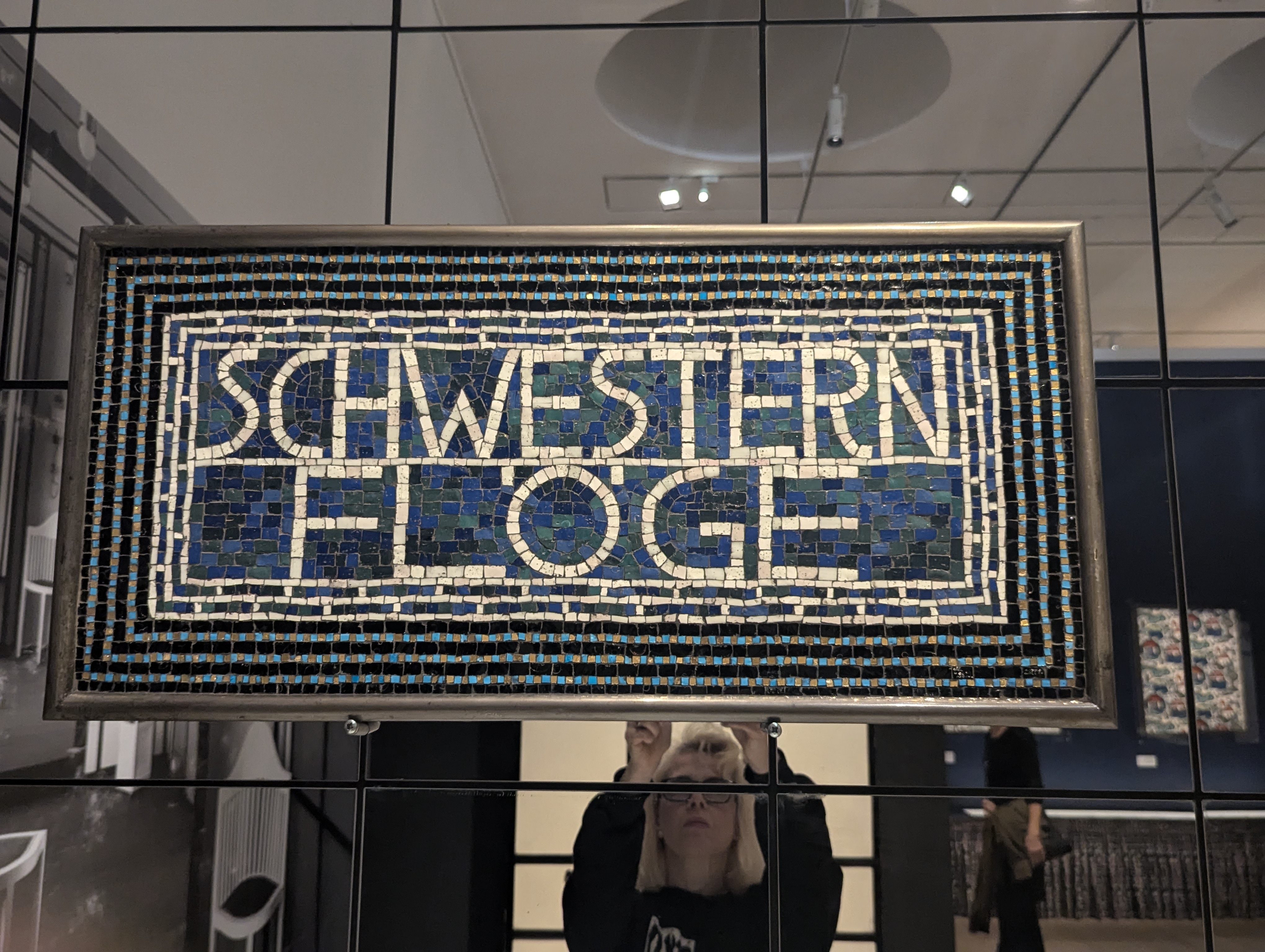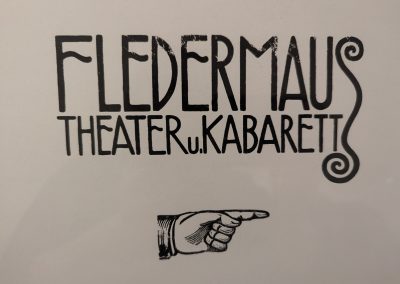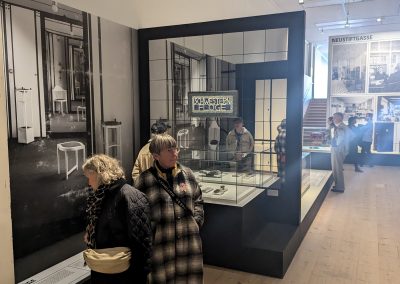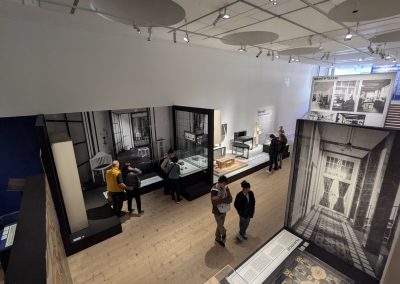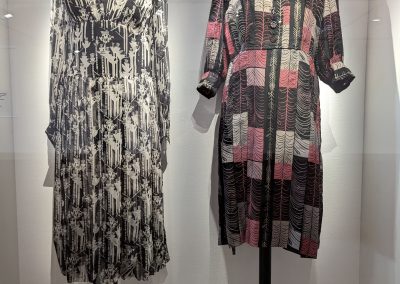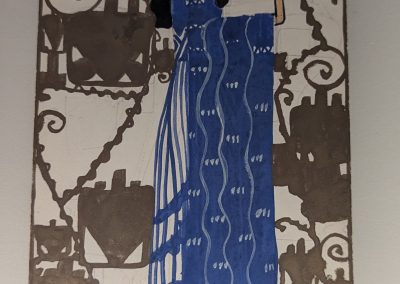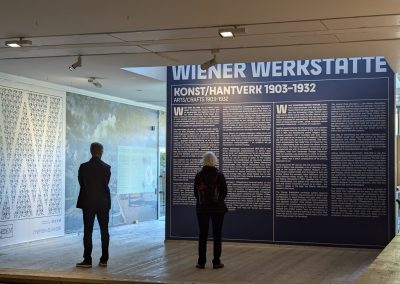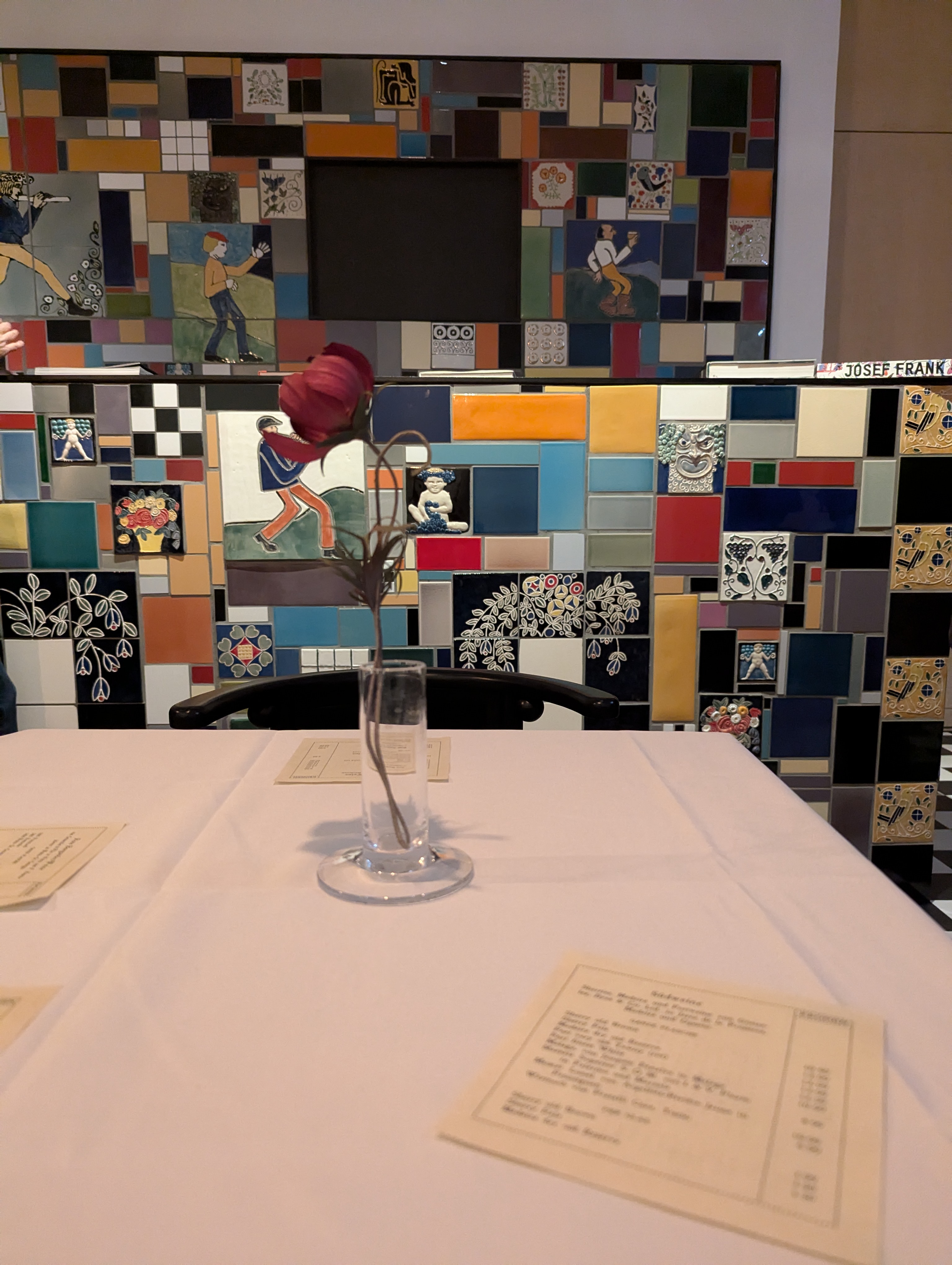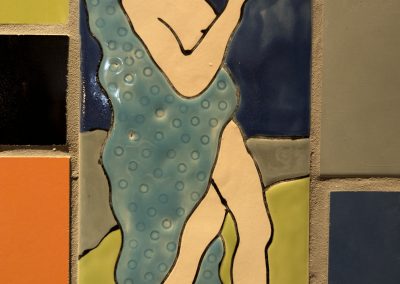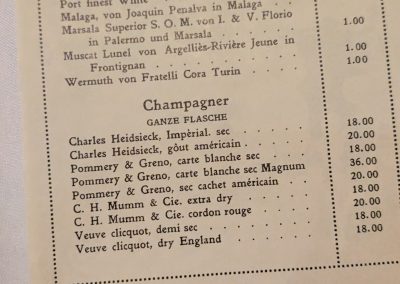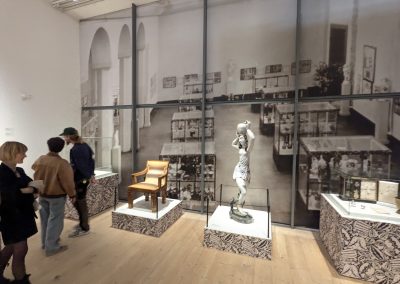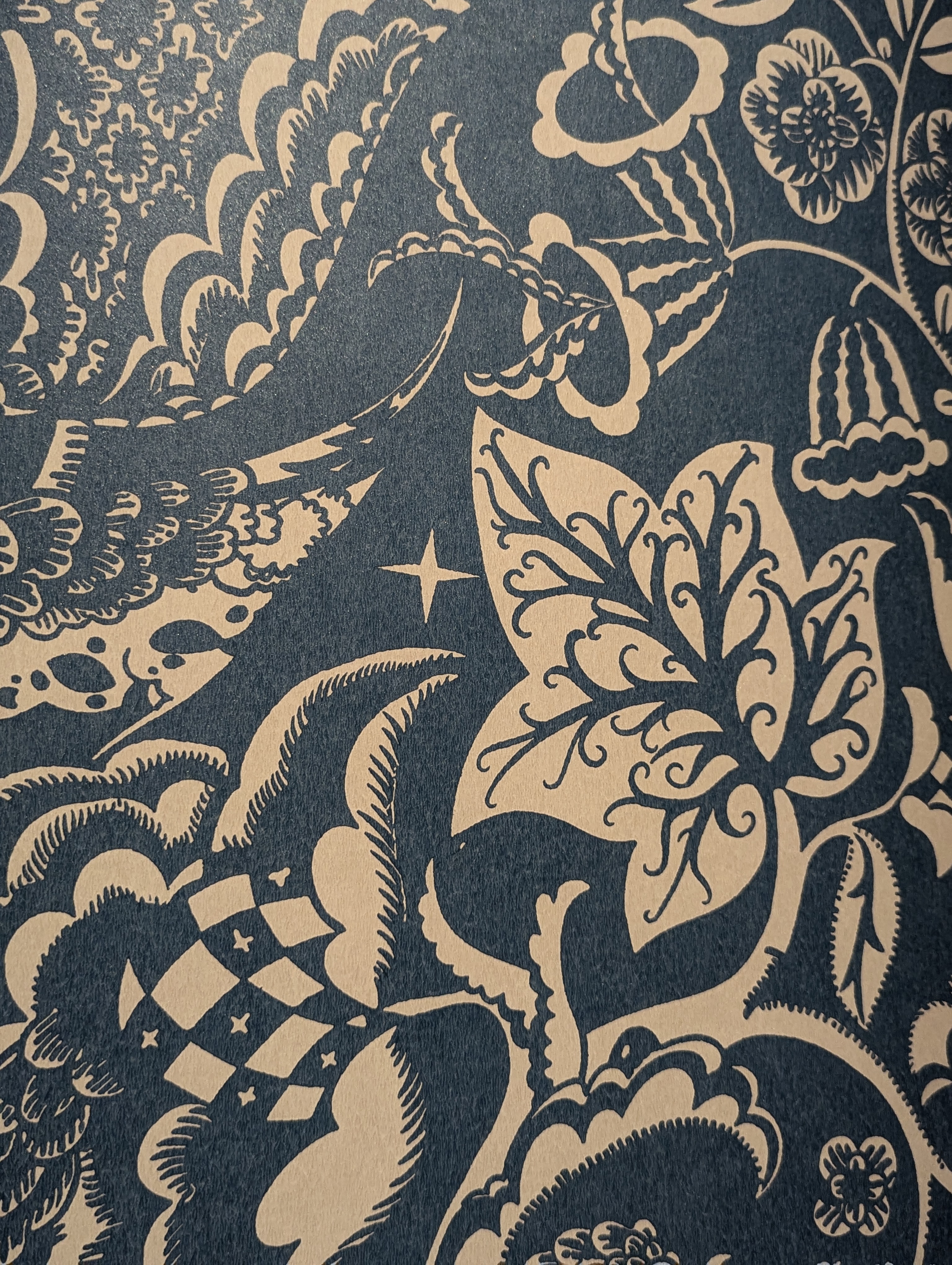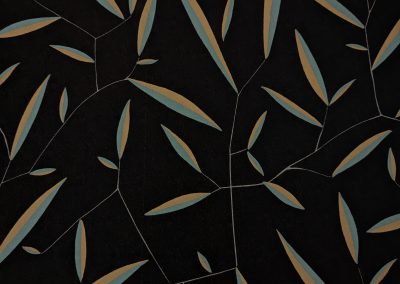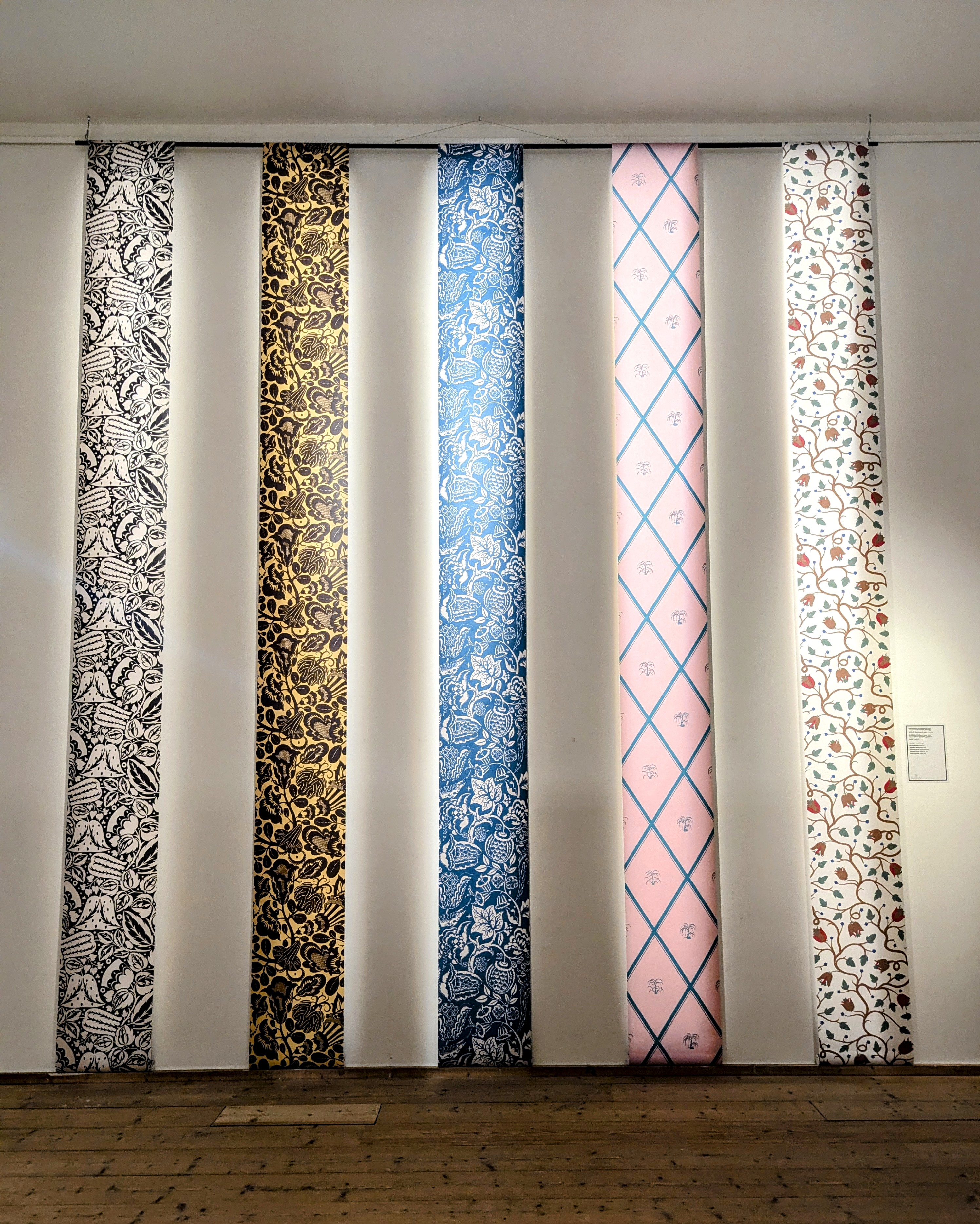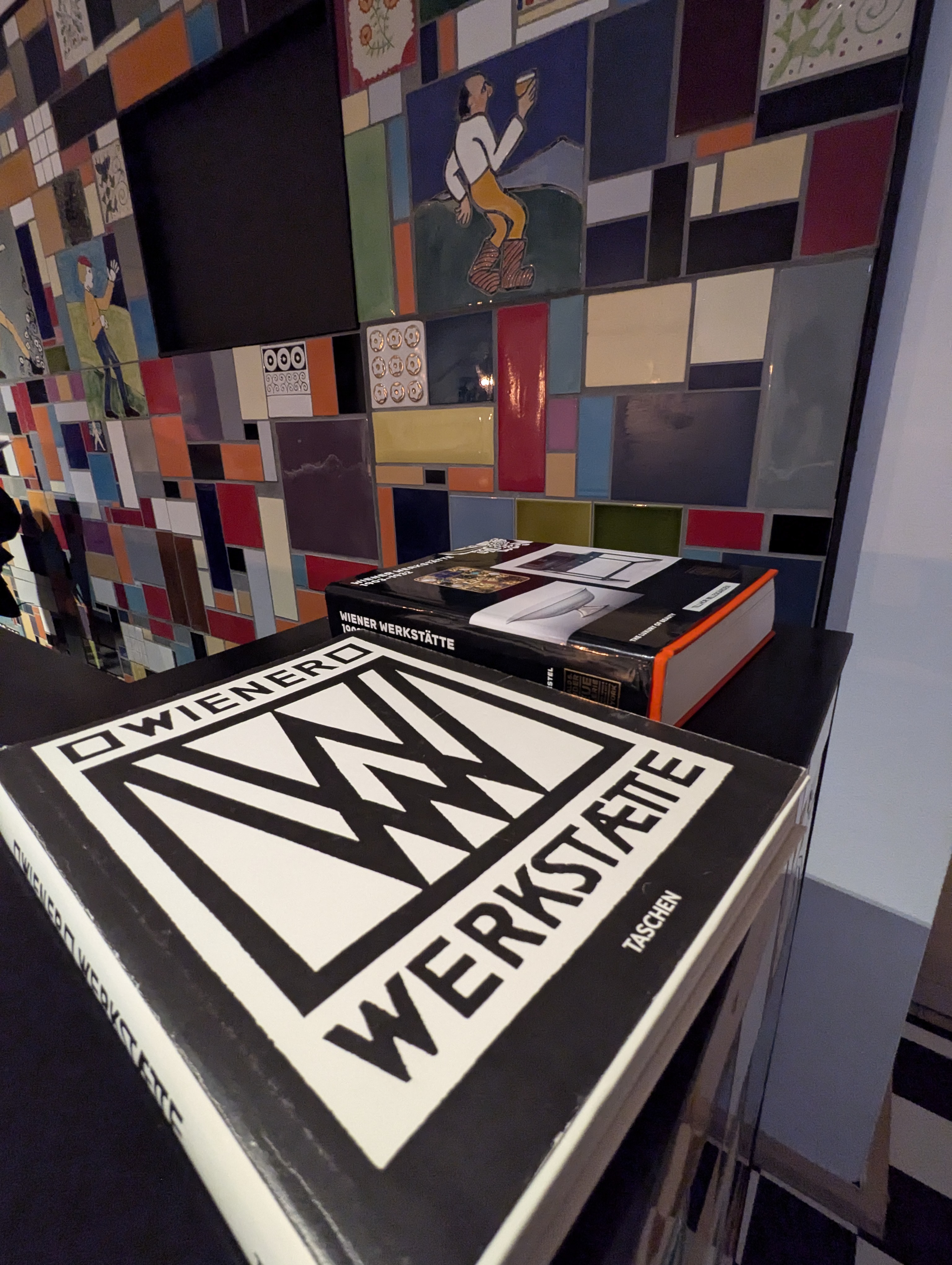
Vienna, Vienna – you alone: around the turn of the century, Vienna was the center of artistic and creative trends. The composer Gustav Mahler had himself psychoanalyzed by Sigmund Freud, while Emilie Flöge, Gustav Klimt’s partner, founded her fashion salon “Schwestern Flöge” and served as the inspiration for Klimt’s famous painting “The Kiss”. It was in this inspiring atmosphere that the architect Josef Hoffmann, the artist Koloman Moser and the patron Fritz Waerndorfer founded the artists‘ and craftsmen’s collective Wiener Werkstätte in 1903. They questioned industrialization and dedicated themselves to promoting craftsmanship and its appreciation. Their vision encompassed a broad spectrum of art and design, from architecture, furniture and fashion to jewelry, toys and everyday objects. The idea of blurring the boundary between art and craft also shaped the Swedish architecture and design scene.
The Wiener Werkstätte exhibition at Millesgården is the first comprehensive presentation of this important period in the history of art and design to a Swedish audience. More than 200 works and objects – including furniture, textiles, graphics, bookbinding, toys, fashion, jewelry, silver, glass and ceramics – illustrate the development of the movement from its beginnings in 1903 to its end in 1932.
An exhibition in Stockholm now shows the wonderful, almost naive-looking creative range of the Viennese artists, who shaped the present and future of their time in their workshops like no other group of artists. Art Nouveau, Art Deco, Art Nouveau – none of this would have been conceivable without Vienna in the first 30 years of the 20th century. And the Viennese way of life, which is still appreciated and idolized today, also has its origins in this turbulent – not to say “wild” – period.
The exhibition “Wiener Werkstätte” was created in cooperation with the MAK – Museum of Applied Arts, Vienna, and the Millesgården Museum Stockholm, where it can be seen until January 26, 2025.

